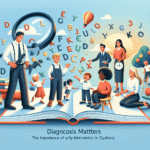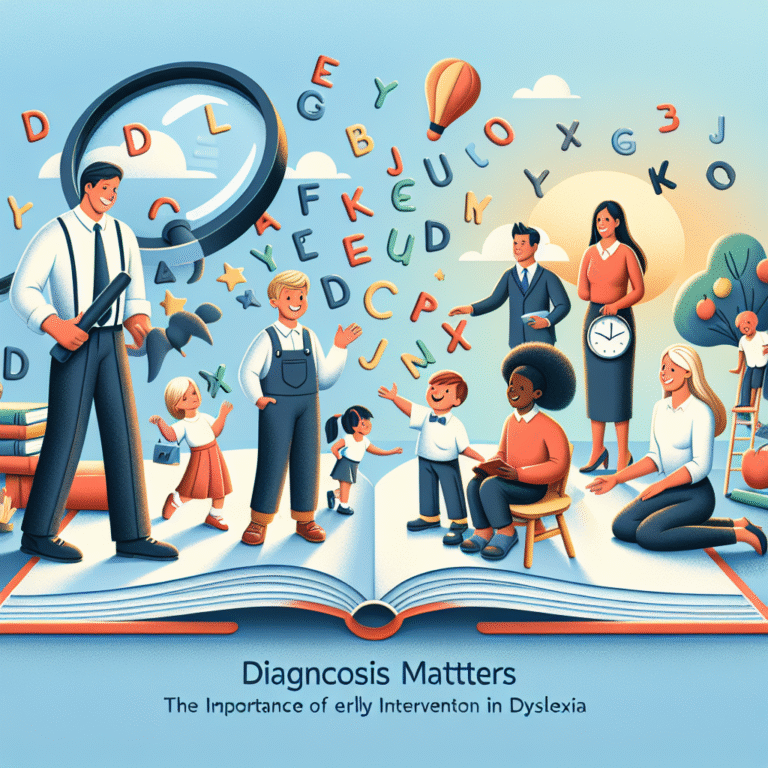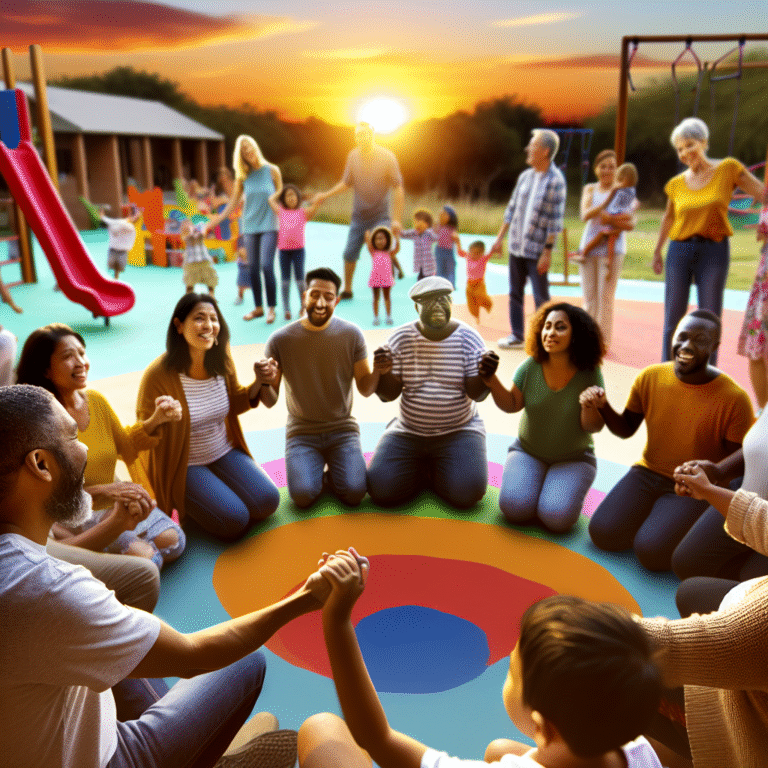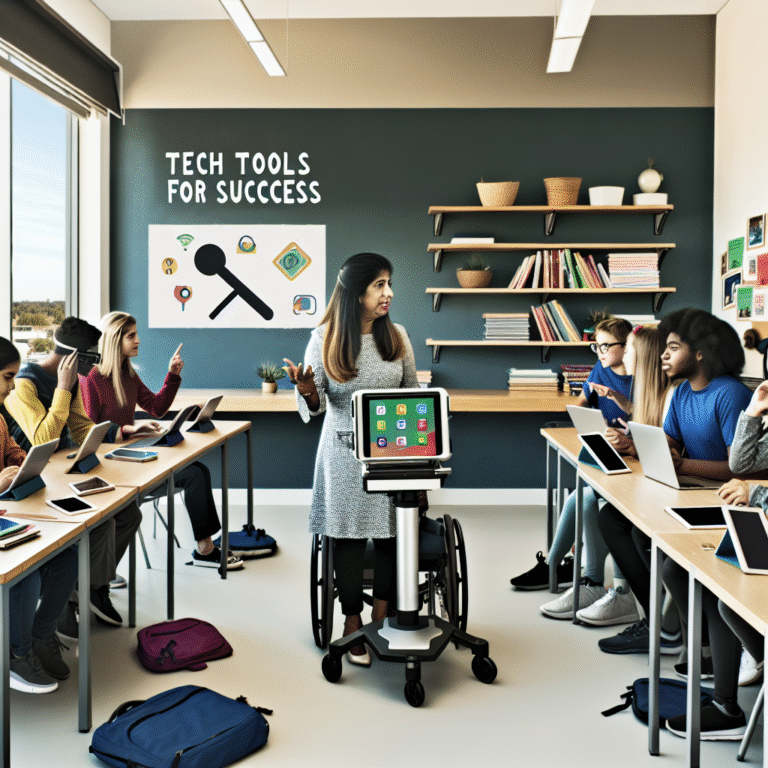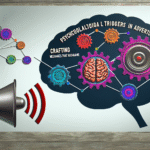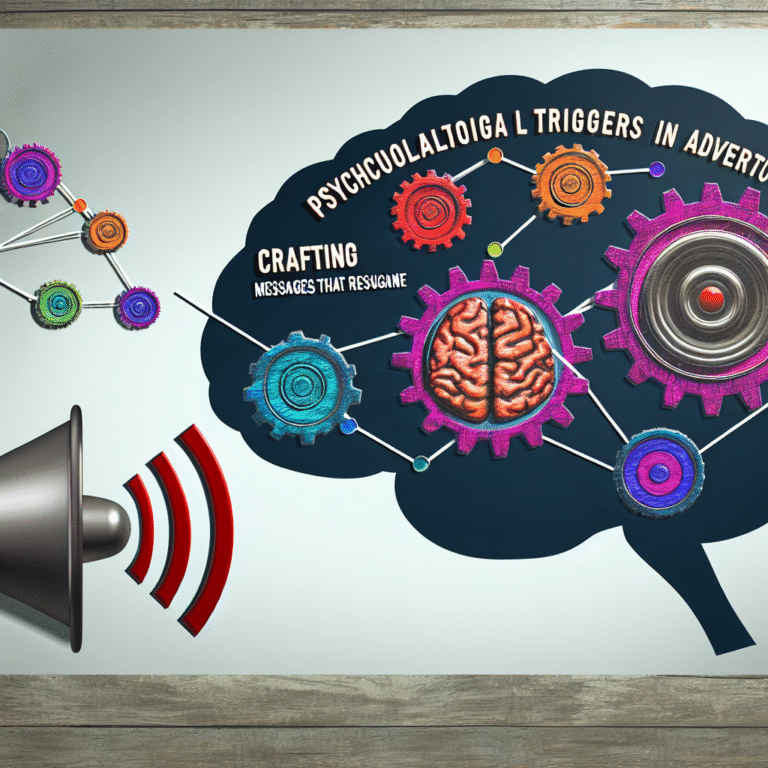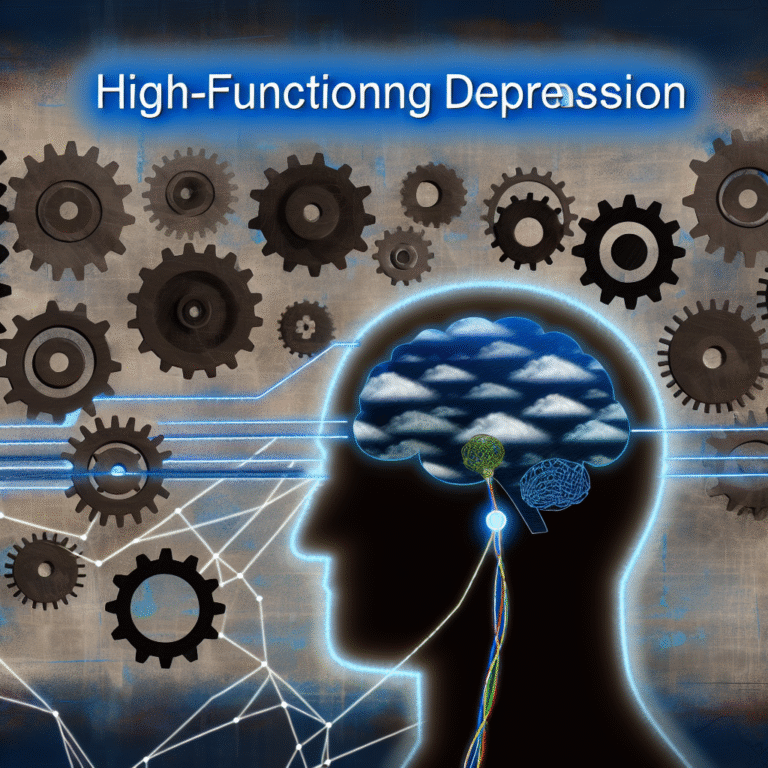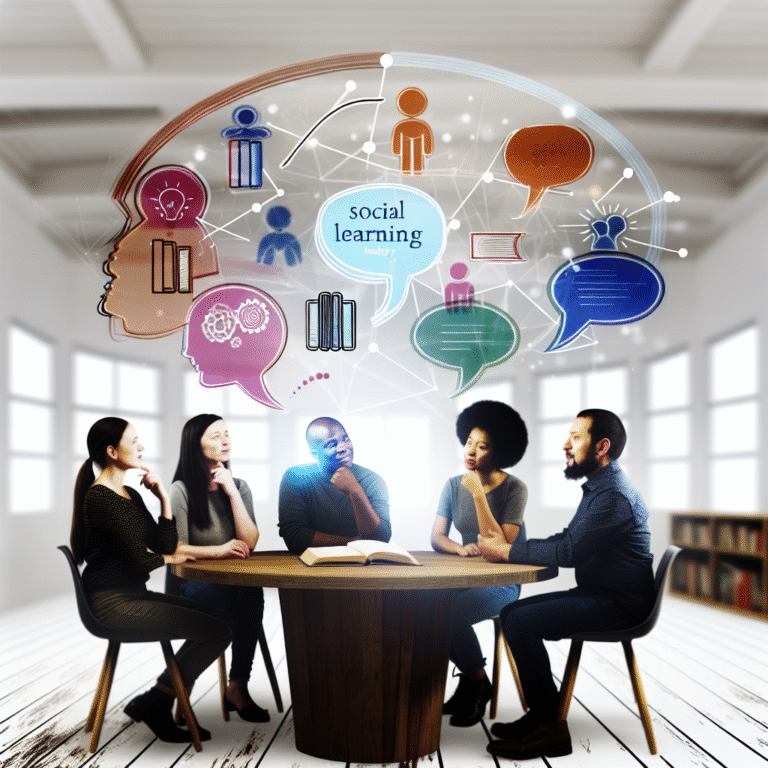Navigating the Future: Effective Transition Planning for Students with Learning Disabilities
Education is a vital foundation for all students, but for those with learning disabilities, the journey often requires additional support and strategic planning. In the pursuit of inclusion and success, effective transition planning becomes a cornerstone for helping these students navigate the complexities of adolescence and prepare for adulthood. This article aims to guide educators, parents, and advocates in navigating the future: effective transition planning for students with learning disabilities.
Introduction
Picture this: A young student with a learning disability, sitting in a classroom surrounded by peers, engages with their lessons while heartily dreaming about the future. Yet, for many of these students, the path to realizing those dreams can be strewn with obstacles. Transitioning from high school to post-secondary life poses unique challenges that can overwhelm even the most prepared individuals. The need for effective transition planning is not just a requirement; it’s a necessity that can profoundly impact the trajectory of a student’s life.
Understanding how to create a robust transition plan can dramatically improve the success and independence of students with learning disabilities. The process involves not just educational accommodations but also practical life skills, vocational training, and emotional support. As educators, parents, and advocates, we have a collective responsibility to ensure that these students are well-prepared to step confidently into their futures.
Through this article, we will explore the essential components of effective transition planning, share relevant case studies that illustrate successful strategies, and provide practical tools to foster an inclusive environment for all learners.
Understanding Learning Disabilities: A Foundation for Transition Planning
Before diving into transition planning, it is crucial to understand what learning disabilities entail. Learning disabilities affect the brain’s ability to receive, process, and communicate information. They can manifest in various ways, impacting skills such as reading, writing, math, and social interactions.
Common Types of Learning Disabilities
| Type | Description |
|---|---|
| Dyslexia | Difficulty with reading and language processing. |
| Dysgraphia | Challenges with writing, including spelling and legibility. |
| Dyscalculia | Difficulty in understanding numbers and mathematical concepts. |
| Auditory Processing Disorder | Trouble processing sounds and auditory information. |
Recognizing these disabilities is a vital step in developing tailored transition plans that address each student’s unique challenges and strengths.
The Importance of Early and Effective Transition Planning
Transition planning is most effective when it begins early—ideally during the students’ high school years. Research indicates that students who participate in well-structured transition planning programs experience greater success in post-secondary education and employment.
Transition planning involves coordinated efforts among parents, educators, and service providers to ensure that students receive the support they need in areas like career readiness, independent living skills, and self-advocacy. A well-thought-out transition plan also allows students to explore their interests and build skills aligned with their future goals.
National and State Guidelines
Many states have established guidelines to help educators create effective transition plans for their students. According to the Individuals with Disabilities Education Act (IDEA), students with disabilities must receive transition services that support their goals, beginning no later than age 16. These services must be individualized and consider the student’s strengths, preferences, and interests—key tenets of navigating the future: effective transition planning for students with learning disabilities.
Core Components of Effective Transition Planning
To effectively navigate the future, several core components should be integrated into transition planning. Each component plays a critical role in creating a comprehensive roadmap for students.
1. Collaborative Team Approach
Creating an effective transition plan requires collaboration between various stakeholders. This typically includes parents, educators, counselors, and professionals specializing in vocational training and mental health. By fostering a team-oriented environment, each stakeholder can contribute unique insights and support, ensuring that the transition plan is well-rounded and conducive to the student’s needs.
2. Individualized Education Plans (IEPs)
The IEP serves as a legal document that outlines the student’s learning goals and the accommodations they require. Incorporating transition goals into the IEP ensures that students not only meet their academic objectives but also develop the necessary skills to thrive after graduation. Transition goals should be SMART (Specific, Measurable, Achievable, Relevant, Time-bound) to provide clear direction.
3. Self-Advocacy and Empowerment
Teaching students to advocate for themselves is a crucial element of transition planning. Students should learn to express their needs, preferences, and aspirations effectively. Empowerment promotes independence and allows them to take an active role in their transition journey.
4. Skills Development
Fostering both soft and hard skills is essential for navigating life beyond school. Focus areas should include:
- Life Skills: Daily living skills such as budgeting, meal preparation, and time management.
- Social Skills: Building relationships, communication, and conflict resolution strategies.
- Vocational Skills: Exposure to job training and internship opportunities to build competencies in the workplace.
5. Community Involvement and Networking
Community resources offer students invaluable support. Partnering with local businesses, vocational programs, and post-secondary institutions can expand opportunities for youth with learning disabilities. Engaging students in community activities can enhance their social skills and broaden their horizons.
Case Studies: Successful Transition Planning in Action
Case Study 1: Ashley’s Journey to Independence
Ashley, a 17-year-old with dyslexia, faced challenges in traditional academic environments. Her transition planning team, which included her parents, special education teacher, and a vocational counselor, focused on her strengths in visual arts. They developed a comprehensive IEP that included art classes and internships at local galleries.
By creating a tailored plan, Ashley was empowered to excel in her passion, ultimately securing a scholarship to an art program after graduation. While navigating her transition, she developed essential self-advocacy skills, ensuring she was prepared for both school and future employment.
Analysis: Ashley’s case illustrates the importance of building upon students’ strengths and interests while also addressing their specific challenges—a key aspect of navigating the future: effective transition planning for students with learning disabilities.
Case Study 2: James’s Practical Life Skills Program
James faced significant challenges due to his learning disability, which impacted his ability to manage daily tasks and engage socially. His school implemented a Practical Life Skills Program within his transition plan. This program included weekly workshops on meal preparation, budgeting, and social scenarios.
The hands-on approach not only improved James’s independent living skills but also boosted his confidence. As a result, James secured a part-time job at a local coffee shop, where he could apply what he learned and develop a work ethic.
Analysis: James’s experience shows that practical life skills, coupled with real-world applications, enhance the effectiveness of transition planning and foster a sense of accomplishment in students.
Case Study 3: Maria’s Empowering Career Path
Maria, diagnosed with auditory processing disorder, struggled in conventional education settings. Her transition plan included a strong emphasis on self-advocacy, helping her to communicate her needs effectively. This empowerment allowed her to explore her interests in technology.
Maria participated in a summer coding camp, where she discovered her passion for programming. Her transition team worked closely with local tech industries to create internship opportunities, leading to her first job in software development shortly after graduation.
Analysis: Maria’s journey emphasizes the significance of self-advocacy and career exploration in navigating the future: effective transition planning for students with learning disabilities.
Tools and Resources for Transition Planning
Creating an effective transition plan necessitates access to tools and resources. Here are some valuable resources to consider:
- National Center for Learning Disabilities (NCLD): Offers guides and tools for educators and families.
- Think College: Provides resources specifically focused on inclusive post-secondary education for individuals with intellectual disabilities.
- Transition Coalition: Offers resources, training, and information on best practices for transition planning.
Table: Key Resources for Transition Planning
| Resource | Description |
|---|---|
| NCLD | Guides for educators and families on learning disabilities. |
| Think College | Resources on inclusive higher education opportunities. |
| Transition Coalition | Tools and training for effective transition planning. |
The Role of Families in Transition Planning
Families play a pivotal role in a student’s transition journey. Ensuring open lines of communication between families and the educational team is essential for achieving successful outcomes. Encouraging family involvement also promotes a more supportive environment for the student.
- Education: Families should be informed about their rights and the resources available to assist in effective transition planning.
- Support: Encourage families to participate in workshops and training sessions that focus on self-advocacy and planning strategies.
Conclusion
Navigating the future: effective transition planning for students with learning disabilities is not just about achieving academic success; it encompasses fostering independence, self-advocacy, and practical skill development. By implementing comprehensive, individualized plans that involve collaboration between educators, families, and communities, we can create pathways for success tailored to each student’s unique journey.
The transition process may present challenges, but with early planning, personalized support, and a strong network, students can embark on fulfilling futures filled with hope and achievement. Let us inspire a generation of learners to embrace their potential and navigate their futures with confidence.
FAQs
What is transition planning for students with learning disabilities?
Transition planning refers to the process of preparing students with learning disabilities for life after high school. It encompasses education, vocational training, and life skills, focusing on individualized support to meet their needs.At what age should transition planning begin?
Transition planning should ideally begin no later than age 16, as required by IDEA. However, starting earlier can provide students with more opportunities to develop skills and explore interests.What are the components of an effective transition plan?
An effective transition plan includes a collaborative team approach, personalized IEPs, self-advocacy training, skills development, and community involvement.How can parents support their child during the transition process?
Parents can support their child by being informed about their rights, participating in educational workshops, and actively engaging in the development of the transition plan.- What resources are available for effective transition planning?
Numerous resources are available, including the National Center for Learning Disabilities, Think College, and the Transition Coalition, which provide valuable information and support for families and educators.
By understanding the foundational elements of transition planning and implementing strategic approaches, we can help students with learning disabilities navigate their futures effectively and confidently.


